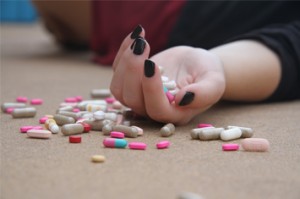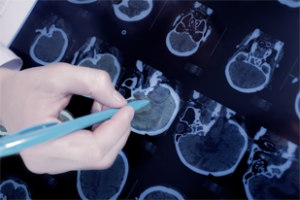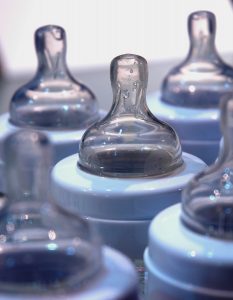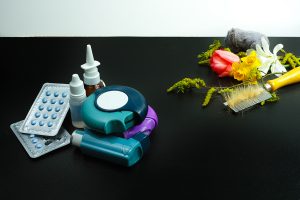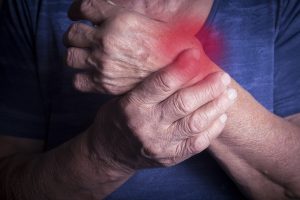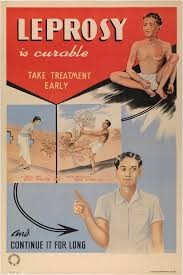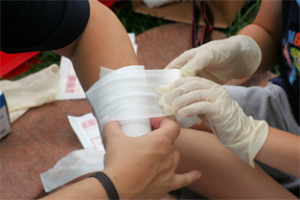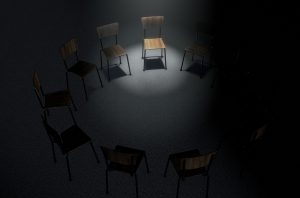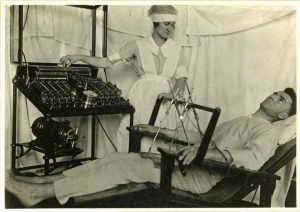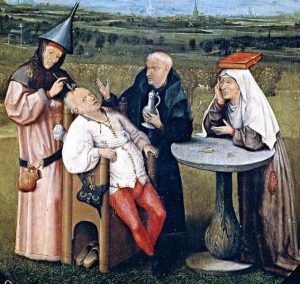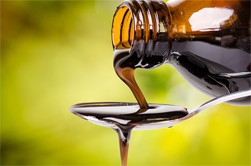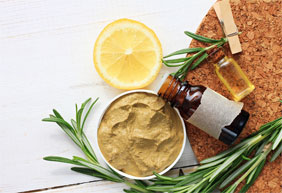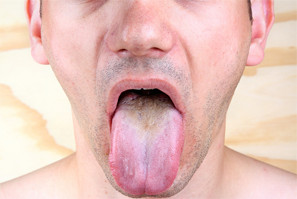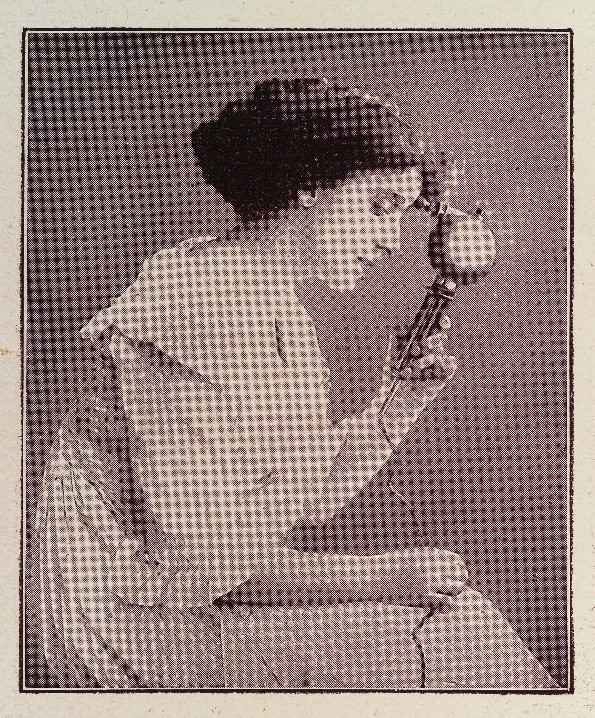
























































800 BC
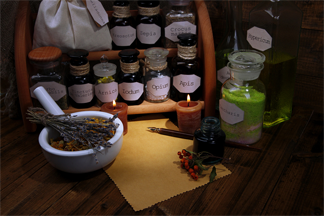

As far back as the 8th century BC, trephining (also called trepanning) was used to alleviate the pressure on the brain (while also causing irreversible damage and more other than not, killing the patient). This ancient technique involved putting a hole in the skull to release demons and evil spirits from the head, which were believed to be the cause of headaches as well as a range of other conditions such as epilepsy and mental illness.
This crude, rather barbaric headache cure was used periodically over the centuries, coming in and out of fashion but never really going away. It became popular again as recently as the 1600s, with physicians recommending it to some patients with very stubborn migraines.
800 BC
























































Middle Ages
Headaches and migraines around this time were frequently linked to mystic visions. Sufferers recorded seeing visions of bright, brilliant stars with falling sparks and splendid clouds of light – which we now know to be the visual symptoms of a serious migraine attack.
European medieval treatments moved away from trying to get inside the patient’s head to more external remedies. Herbal mixtures were popular, usually containing various combinations of rose, lavender, sage, bay, barley, betony and vervain, which were boiled together and wrapped in a cloth, to be held against the sore head.
More strangely was the use of drug-soaked poultices or opium and vinegar solutions, which were also applied to the patient’s head in an attempt to cure headaches. Vinegar has the ability to open the pores of the skin and when mixed with opium’s pain-relieving properties would be absorbed more quickly through the scalp. In some more drastic cases, doctors even recommended applying a hot iron to the head to relieve symptoms.
Middle Ages
























































1600-1800s
Enter the scientific era. The 17th and 18th century introduced the term “neurology” and brought about a greater understanding of migraines and headaches. The vascular theory of headache was popularised around this time, stating that migraines were caused by vasodilatation (the widening of blood vessels and a decrease of blood pressure). Supporters of the theory held that headache symptoms were related to slowly rising spasms that started at the peripheral ends of the nerves.
In response to this theory, centrifugation was proposed as a treatment towards the late 1700s, which involved spinning the patient around in a centrifuge to force the blood from their head to their feet.
Then, in the late 1800s, came the most influential textbook of neurology at the time, from renowned neurologist William Gowers. In it, Gowers emphasised the importance of a healthy diet in treating migraines as well as a treatment of his own invention which came to be known as the “Gowers mixture” – a solution of nitroglycerin, alcohol and other agents. He was also famed for advocating marijuana to relieve the effects of a migraine attack.
1600-1800s

